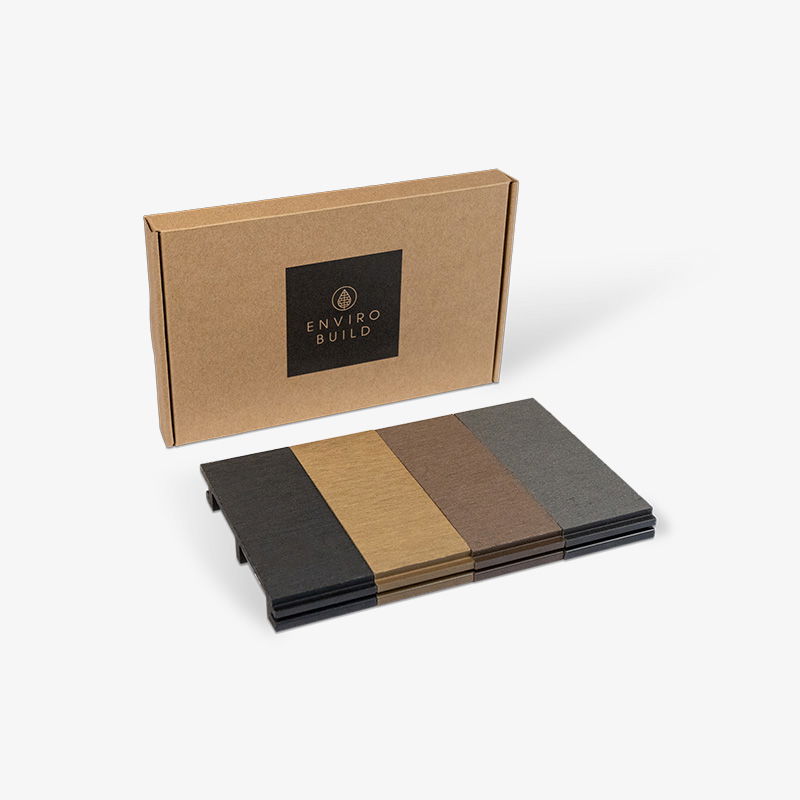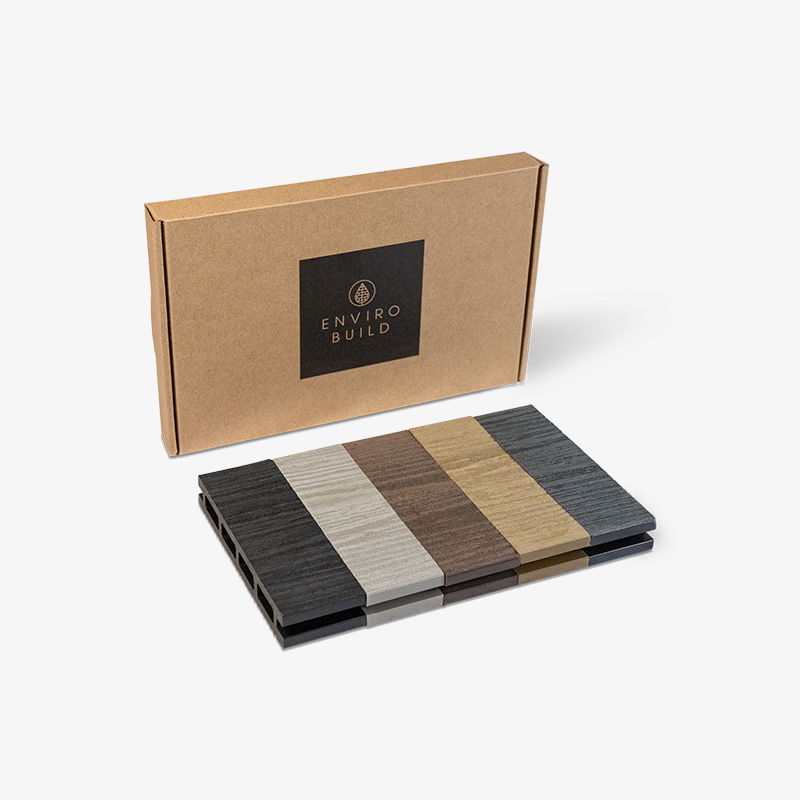Can You Paint Composite Cladding?
Composite cladding has become increasingly popular in recent years due to its durability, low maintenance requirements, and aesthetic appeal. However, homeowners and property developers often wonder whether it is possible to paint composite cladding to match their desired colour schemes or refresh its appearance.

Author Name
Chief Writer
Thu, 28 Jul 2026

Can you Paint Composite Cladding?
Yes, technically you can paint composite cladding, but it is generally not advisable.
Composite cladding is engineered with built-in colours and finishes, specifically designed to withstand environmental exposure and retain its appearance over time. The surface of composite cladding makes it challenging for paint to adhere effectively, leading to potential issues with the paint peeling, cracking and fading.
Moreover, painting composite cladding may compromise manufacturer warranty. The low-maintenance nature of composite cladding provides durability and resistance to weathering without the need for painting.
Composite Cladding Composition
Composite cladding is a modern building material typically made from a combination of wood fibres, recycled plastics and binding agents. It is designed to replicate the appearance of natural wood while offering superior resistance to rot, decay and insects. The protective layer applied during manufacturing ensures the cladding's longevity and low-maintenance nature.
Challenges of Painting Composite Cladding
Painting composite cladding poses numerous challenges, making it a practice to avoid.
The non-porous surface of composite cladding hampers proper paint adhesion, leading to issues such as peeling and fading over time.
The composition of composite cladding, incorporating wood fibres and plastic, provides inherent resistance to decay, insects, and weathering, negating the need for paint's protective properties.
Painting may compromise the fire-retardant properties engineered into the material during manufacturing, posing safety risks.
Painting may void the warranty of the product and make it more susceptible to weather damage, expansion and fading.
Selecting the right paint and primer that adhere well to composite cladding can be difficult, and the cost and time-consuming process of surface preparation, painting and maintenance make it a less practical choice in the long run.
Embracing the low-maintenance nature of composite cladding is a wiser decision, ensuring the material's durability and appearance remain intact without the need for painting.
Best Practices when Painting Composite Cladding
While not recommended, if you are set on painting your composite cladding these are some best practices that you can follow to give you the best chance of success. (Remember, it may void your product warranty and leave it open to weather damage.)
Choose the Right Paint: Select a high-quality exterior acrylic latex paint, preferably with UV protection and water resistance, suitable for use on composite surfaces.
Primer Application: Apply a suitable primer specifically designed for composite materials to ensure proper adhesion of the paint.
Test in a Small Area: Before committing to painting the entire cladding, test the chosen paint and primer on a small, inconspicuous section to assess its adhesion and appearance.
Follow Proper Painting Techniques: Use brushes or rollers to apply the paint evenly, following the manufacturer's instructions for the best application method.
Regular Maintenance: Even with durable paint, regular maintenance is essential to ensure the cladding remains in good condition and retains its appearance over time.
Painting Wood Cladding vs Composite Cladding
Wood and composite cladding differ significantly in their composition and properties.
Wood cladding requires painting, staining and treating to protect it from the elements and extend its lifespan. Painting provides a protective barrier against moisture, UV rays and insects, preventing decay and rot. Staining enhances the wood's natural beauty while adding an additional layer of protection. Treating wood cladding with sealants further boosts its resistance to weathering and extends its durability.
In contrast, composite cladding is engineered with built-in colours and finishes during manufacturing, eliminating the need for additional treatments. Its composition, incorporating wood fibres and plastic, grants inherent resistance to decay, insects, and fading. This low-maintenance nature makes composite cladding a practical and durable option that does not require the regular upkeep necessary for wood cladding.
While wood cladding has a traditional charm, composite cladding offers a low-maintenance alternative with enhanced longevity that doesn't require painting, staining and sealing, making it a popular choice for contemporary and eco-conscious projects.








